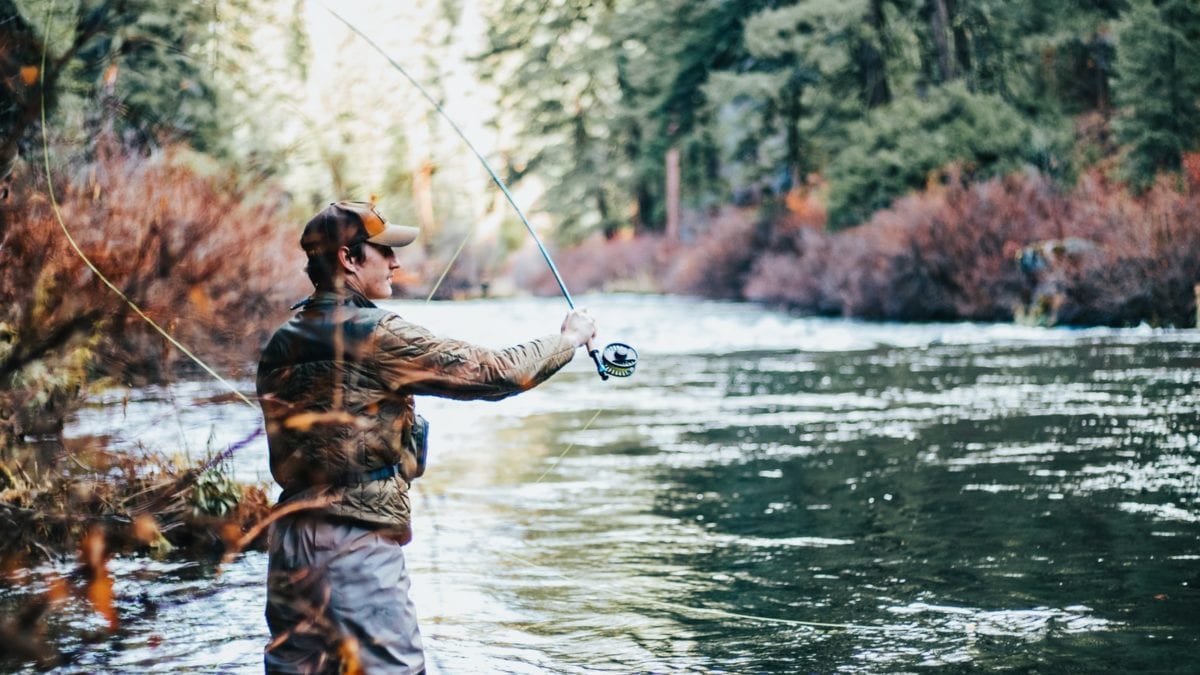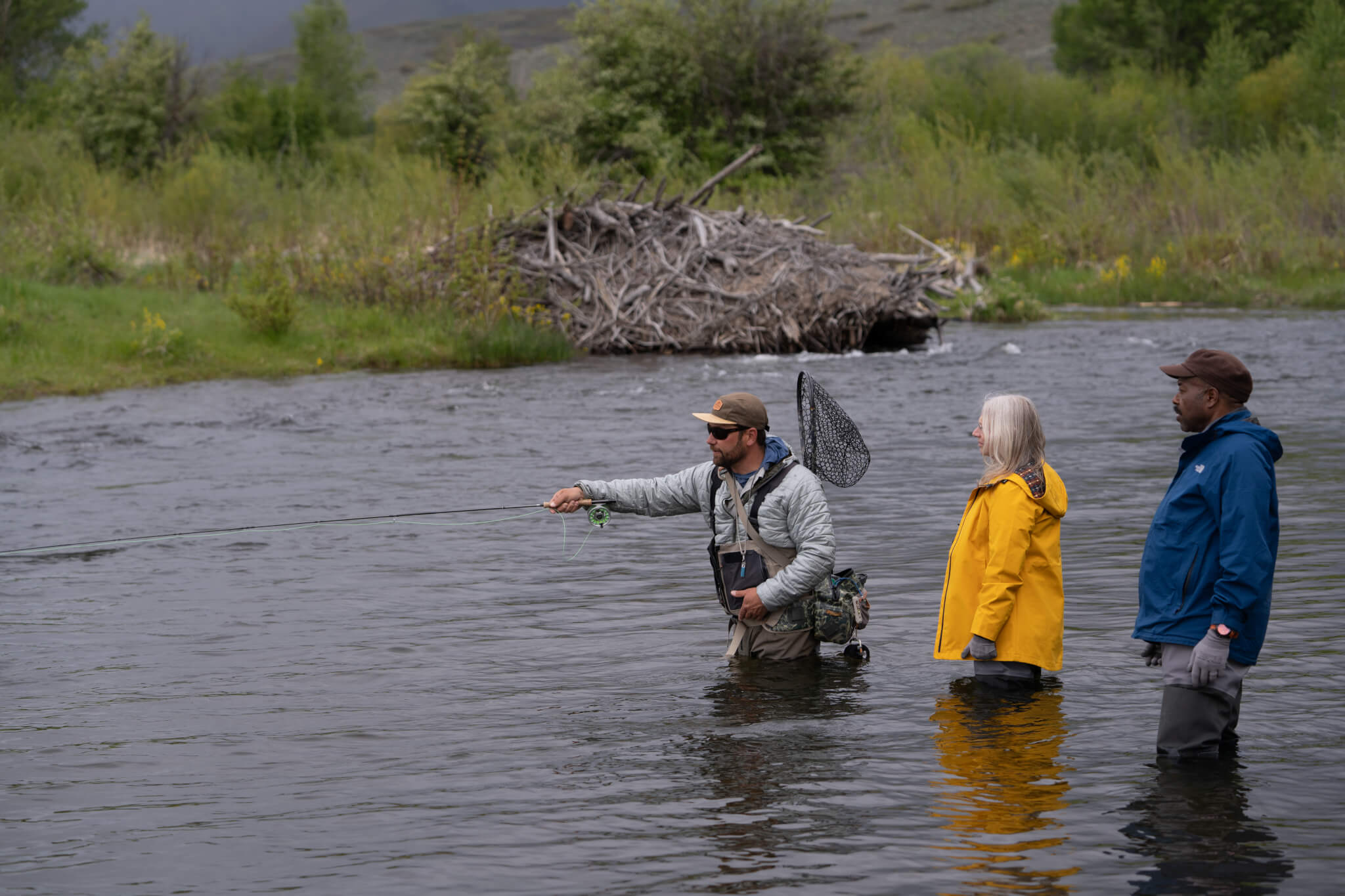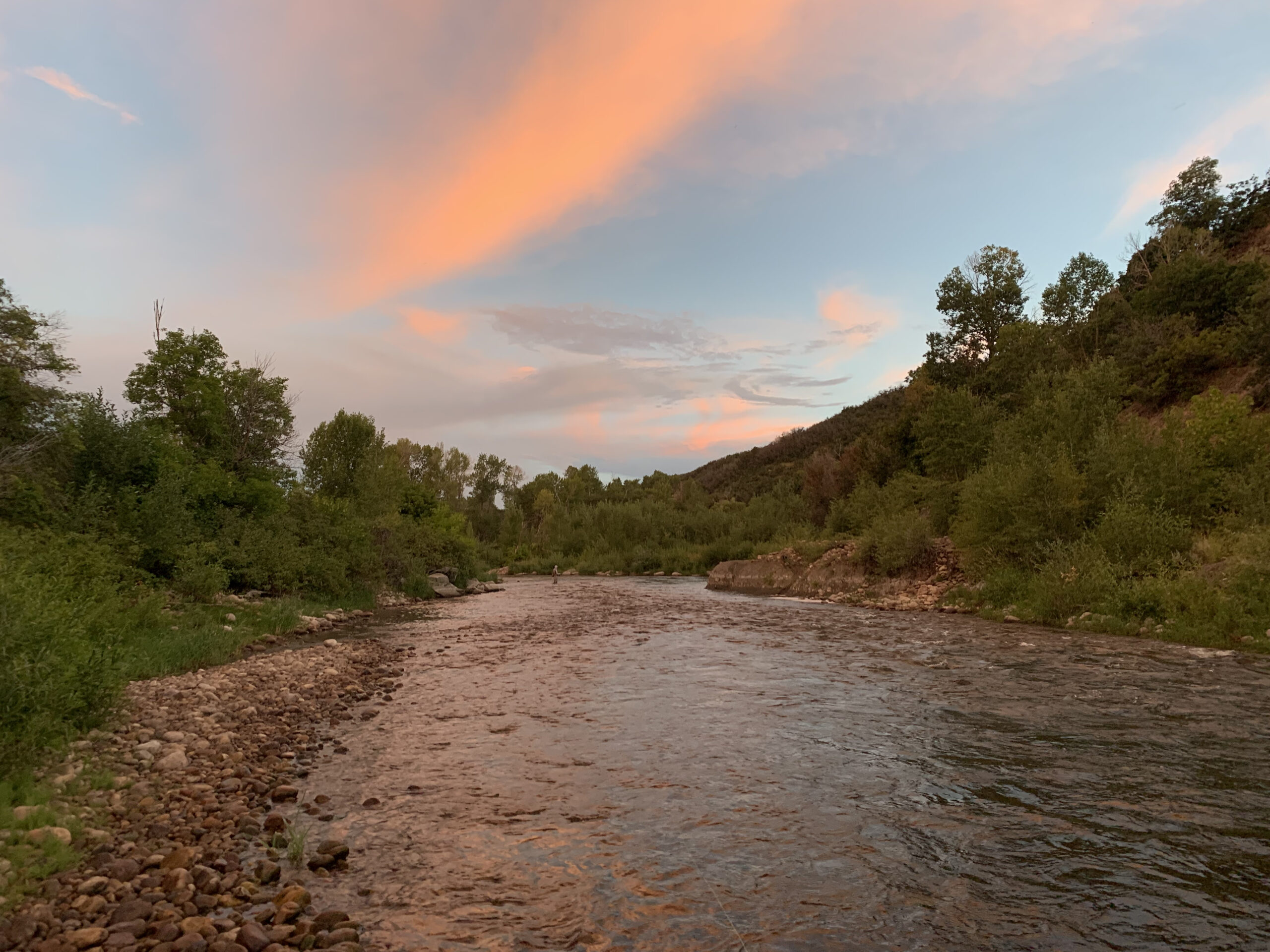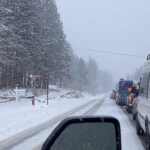News
What anglers need to know about drought fishing

Droughts lead to higher water temperatures, if possible anglers should fish during cooler times of day to help fish survival. Photo: courtesy Greysen Johnson.
SALT LAKE CITY, Utah. — Gov. Spencer Cox issued an executive order earlier this year declaring a state of emergency due to drought conditions. As fishing season ramps up on the rivers, here’s some information for anglers during a drought provided by the Utah Department of Wildlife Resources (DWR).
How drought impacts fish species
Drought impacts fish by reducing the amount of water available in lakes, reservoirs, and streams.
“This smaller amount of water heats more quickly and warms to higher temperatures than when there isn’t a drought,” Utah Division of Wildlife Resources Sportfish Coordinator Randy Oplinger said. “Warm water also holds less oxygen than colder water. The combination of high temperatures and low oxygen can stress fish, causing poor growth and disease. Fish can also die when temperatures are too warm, or the oxygen levels get too low.”
Trout in low-elevation waterbodies have the greatest likelihood of being impacted by the drought this year, but low water levels and high water temperatures can affect all fish species.
How fishing could be impacted this summer
If you enjoy fishing from a boat, you should try to visit your favorite lakes and reservoirs as soon as you possibly can. Water levels at some reservoirs and lakes could be so low by July that boat ramps may not be functional. Before you plan a boating trip, be sure to check for updates on each waterbody to see if the ramps are open, especially later in the summer.
Drought can also change the number of fish stocked into specific waterbodies this year.
“There are a few water bodies where we are expecting to see low water levels due to drought or maintenance work, and in an effort to decrease the number of fish that may die as a result of low water, we have decided to decrease the stocking in these water bodies,” Oplinger said. “We are not entirely cutting the stocking of any waterbody, and if we decrease the number of fish stocked into one lake, we will reallocate those fish to another waterbody where we don’t anticipate low water levels. Also, these anticipated stocking changes only impact 1-2% of the lakes and reservoirs in Utah and don’t include any of the major fisheries.”
How to help fish during a hot, drought year
If you want to give catch-and-release fish a better chance of survival during the drought, then consider fishing in the mornings or evenings when temperatures are cooler. Another way to help fish is to pick a fishing spot with deeper, cooler water, so you can release any caught fish into an area where they are more likely to survive.
“Basically, try not to fish near little coves that have shallow, stagnant warm water,” Oplinger said. “Instead, pick a spot where you can release your fish into better quality water to increase their survival rates during this hot, drought year.”
Tips for handling fish to decrease stress
• Use single hooks on lures and bend down the barbs for easy release.
• Minimize the time you spend “fighting” the fish and any hands-on handling.
• Use rubber or coated nylon nets to protect a fish’s slime layer and fins.
• Quickly remove the hook with forceps or needle-nosed pliers.
• Minimize the amount of time the fish is exposed to the air, especially when the weather is warm. And keep your hands wet when handling the fish.
• If the fish is deeply hooked, don’t pull on the line. Instead, cut the line as close as possible to where it is hooked and leave the hook.
• Allow the fish to recover in the net before you release it.
• If the fish doesn’t stay upright when you release it, gently move it back and forth.
“If you intend to release trout after catching them — and you expect them to survive — you need to consider the impacts of low and warm water conditions,” Brett Prettyman, the Trout Unlimited communications director for science, Western water & habitat and headwater programs said. “Drought leads to reduced flows and increased temperatures. Each of these can individually create deadly conditions for trout — together, they will almost assuredly end in the loss of fish. The additional stress of being caught could easily be the final blow during drought situations. Unless you plan to keep the fish, you should consider not fishing when conditions could be fatal to the fish, particularly where fisheries are sustained by natural recruitment.”



















